What living in the age of the 'Next Normal' will be like: the top architectural trends to watch for in Asia 2022
By Jacky ChengLiving environment has been a topic close to everyone’s heart during the pandemic.
Having lived in the age of COVID-19, architecture and planning industry professionals need to become aware of how lockdown and quarantine conditions have changed the way society lives, works, and interacts.
Here we look at the next top three trends within the Asia Pacific region that will shape the future of everyday living and examine how developing urban places like Singapore, Hong Kong, Seoul, Vietnam, and Malaysia have adopted these trends.
1. Better architecture and urban design are key to improving wellbeing
Placemaking is not a new urban design concept that arose from the pandemic, but rather a well-established architectural trend known to put the human experience first. The pandemic acted more as a catalyst for the concept’s usage. As pioneers in placemaking, we have seen the concept gain momentum in the industry over the past 44 years and noted its gradual development amongst Asian countries. Placemaking has only become more prominent in Asia after living with lockdowns, especially in densely populated cosmopolitan cities like Singapore and Hong Kong, where people are pursuing bigger changes in living and working environments.
Spending long periods of confinement at home has no doubt put pressure on our mental health. In Singapore, 1 in 3 adults is experiencing psychological distress related to COVID-19, as a 2021 study from Duke and NUS found. However, the distress is heightened by the design of certain living spaces and their impact on public health, presenting a physical challenge in preventing the transmission of COVID-19 if residents desire to leave their houses. To tackle these challenges, cities must prioritize the need for ample public spaces in a contemporary urban environment whilst keeping green elements visible and accessible in all spaces, including homes. This will ensure a well-rounded urban development that is healthy, safe, and sustainable.
As cities are catching up in sustainable development, companies are also expected to up their game in office environment options when returning to the workplace. The future of work has evolved as many people want to keep the level of flexibility they gained during the pandemic. To attract and retain talent, companies must remain adaptable to support people with different workplace preferences. Besides providing an agile workplace, companies should offer a dynamic work environment to gain a competitive advantage.
2. The rising redevelopment of local communities for human connection
Whilst placemaking comes in as a dominant trend, cities, especially those with rich cultural history, must also strike a balance between revitalization and conservation when redeveloping old towns. Urban regeneration is inevitable to every city, but of utmost importance is staying true to a city’s unique culture when reviving local communities.
Taking Seoul as an example, the city underwent the Cheonggyecheon restoration project, revitalizing the Cheonggyecheon Stream that had previously been covered by a highway overpass and unleashing the potential for green public space. Located in the old downtown area of Seoul, the project was once seen as too ambitious and beyond the imagination or capacity of the local government.
However, after seeing the project’s thoughtful preservation of the unique natural environment and the historic resources in the central business district of Seoul, the city now celebrates the project and how it symbolizes gathering, harmony, peace, and unity. After the restoration of Cheonggyecheon, the downtown area has been given a new life with a variety of uses and increased land values by about 25-50%, while pedestrians now have a vibrant, green public space to enjoy.
In places like Hong Kong, we are also seeing a rising trend in revitalizing individual landmarks and sites for cultural preservation which the public has taken more interest in. Recent conservation projects include the former Central Police Station, now known as Tai Kwun – Centre for Heritage and Arts, and the Central Market, which are both presented as ‘new community spaces’ to support local arts and cultural engagement, and which emphasize the human and architectural link of the past and future. Together with the impact of the pandemic and the drive of placemaking, we definitely expect to see more ‘human-centric’ redevelopment projects in the future.
3. The growing prominence of green architecture
As mentioned earlier, urban development is becoming increasingly guided by sustainable planning and designs, leading green architecture to be the next big trend to watch. As of end-2020, over 4,000 building projects in Singapore have been ‘greened’ (meaning they have met Singapore’s BCA Green Mark standards), covering 43% of the total gross floor area of Singapore’s building stock. As developers and investors recognize that robust ESG practices are a core performance consideration, we anticipate seeing further reinforcement of these practices as Environmental, Social, and Governance (ESG) investments gain global popularity.
Developing APAC countries such as Malaysia and Vietnam are notably placing a stronger focus on green architecture to capture foreign investments when developing a sustainably built community. Green assessment tools such as Leadership in Energy and Environmental Design (LEED) and BCA Green Mark that evaluate buildings for their environmental impact and performance will become even more widely adopted. As of September 2020, Vietnam is already seeing 83 LEED-certified projects, and we expect the number to grow even larger according to our firsthand experience. The integration of green spaces into designs will take over architecture in the long run, from rooftops, terraces, and parks to indoor foliage.
While 2021 was largely understood as the year of the ‘new normal, these shifting trends have shaped an even newer environment for architecture and wellbeing, reminding industry leaders to be resilient and adaptable when redesigning the concept of living places of the future

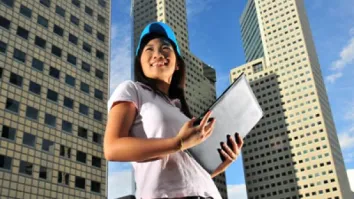
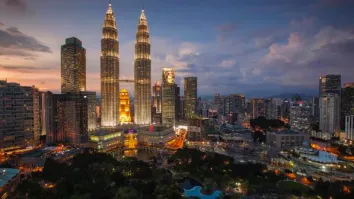

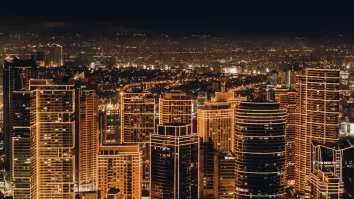
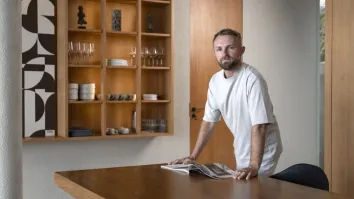



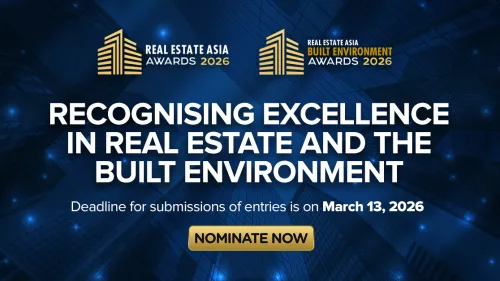


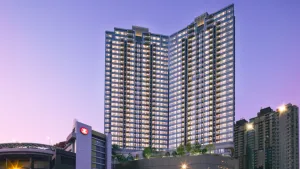



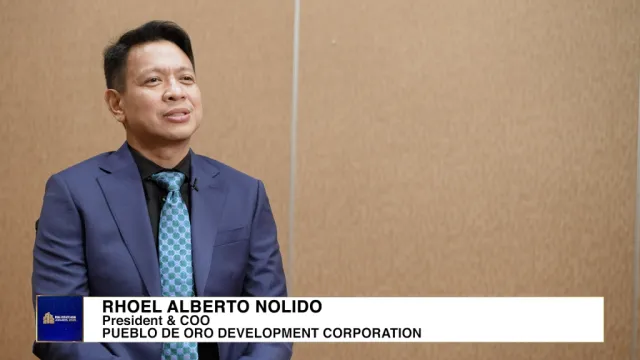

 Advertise
Advertise






